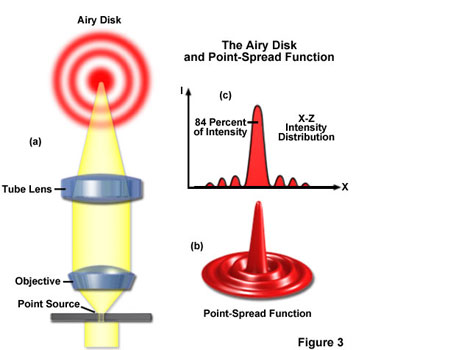

In reality, most of us know that the purpose of a lens is to focus the light on the sensor, and in doing that it changes the direction of it and hence it will hit the sensor at a slight angle. Simplistically, we might assume the light going through our lens travels in a direct, straight line until it hits our sensor. Today we are going to take a look at what diffraction is and some potential ways to reduce or avoid it. You might put it down to poor focus, a bad lens or even camera shake, but very often it is caused by diffraction. You might have noticed it without really understanding what it is, a slight but perceptible softening of the image quality when using small apertures. Diffraction is an obscure effect but one we should all be know about. As this is inversely related to the aperture diameter, a larger lens aperture results in higher resolution.īoth pixel size and lens aperture diameter need to be taken into consideration when choosing the right camera for a research application.It is something many a landscape photographer will be aware of, but many others may not. Two neighboring objects can be resolved if the angular separation between the objects is greater than the angular radius of the Airy disk. These Airy patterns have bright central spots called Airy disks, which have an angular radius determined by the lens aperture diameter. Airy patterns are formed when light from an object diffracts through a lens aperture. Lens resolution is limited by diffraction. This is because the distance between two neighboring objects needs to be bigger than that of one pixel size, allowing for a black pixel to be captured distinguishing a gap between the two objects. Overcoming the Nyquist limit is down to the pixel size, with smaller pixels allowing for even smaller details to be resolved. The size of the pixel also determines the number of pixels on a sensor, with a fixed sensor size having more pixels on the surface with smaller pixel surface area.Ĭamera resolution is determined by the pixel size, lens aperture, magnification and Nyquist limit. In comparison, a smaller pixel size is optimal for bright imaging conditions in which resolving fine detail is of the utmost importance. A large pixel size is optimal for low light imaging conditions that are less concerned with high resolution. Pixels come in various sizes depending on what is required for the application. Yet, a sensor with the same number of pixels, now with a 42.25 μm 2 surface area, results in a sensor size of 6.7 x 6.7 mm. For example, a sensor which has 1024 x 1024 pixels, each with a 169 μm 2 surface area, results in a sensor size of 13.3 x 13.3 mm. The size of the pixelalso determines the overall size of the sensor. To try and overcome this, sensors can be back-illuminated to maximize the amount of light being captured and converted by each pixel. Smaller pixels are able to provide higher spatial resolution but capture less photons per pixel. However, this is at the cost of resolution. This allows more photons to be converted into photoelectrons, increasing the sensitivity of the sensor. Larger pixels are able to collect more photons, due to their increase in surface area. Pixels come in many different sizes, each having their advantages and disadvantages. Multiple pixels cover the surface of the sensor so that both the number of photons detected, and the location of these photons can be determined. A pixel is the part of a sensor which collects photons so they can be converted into photoelectrons.


 0 kommentar(er)
0 kommentar(er)
